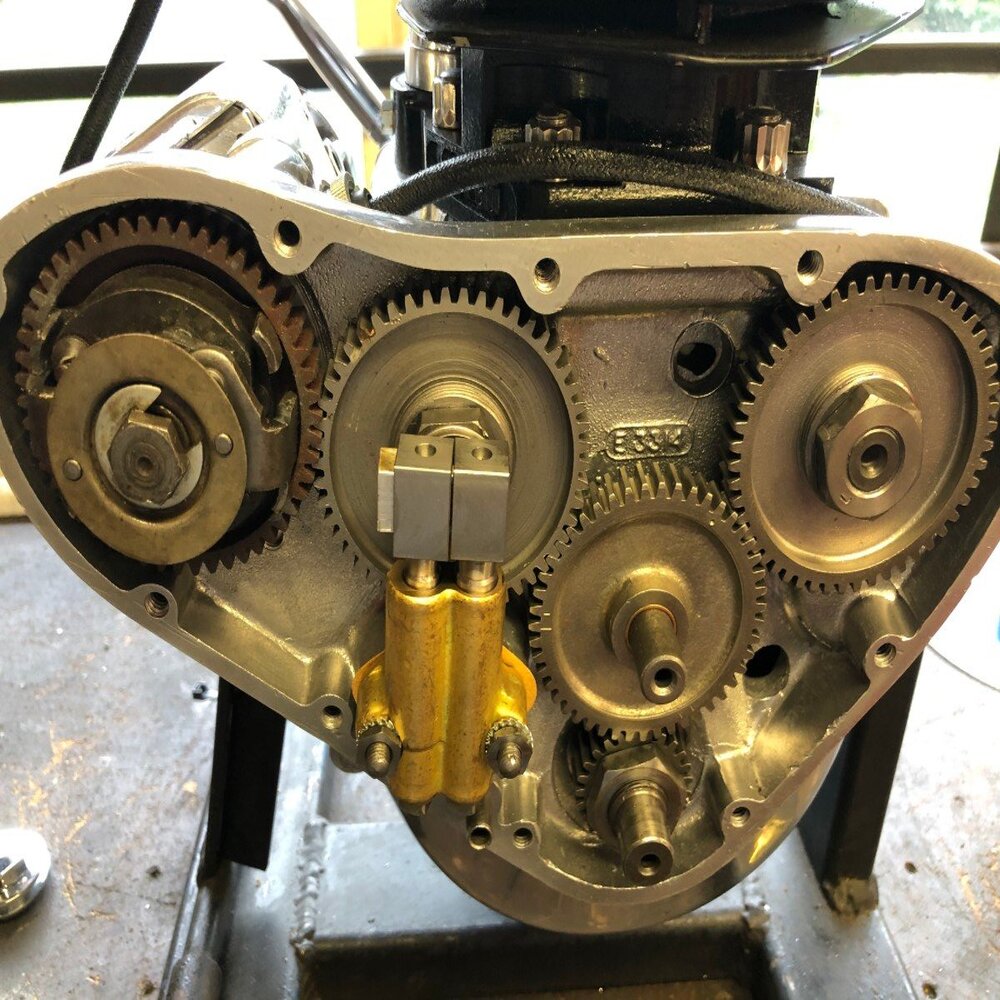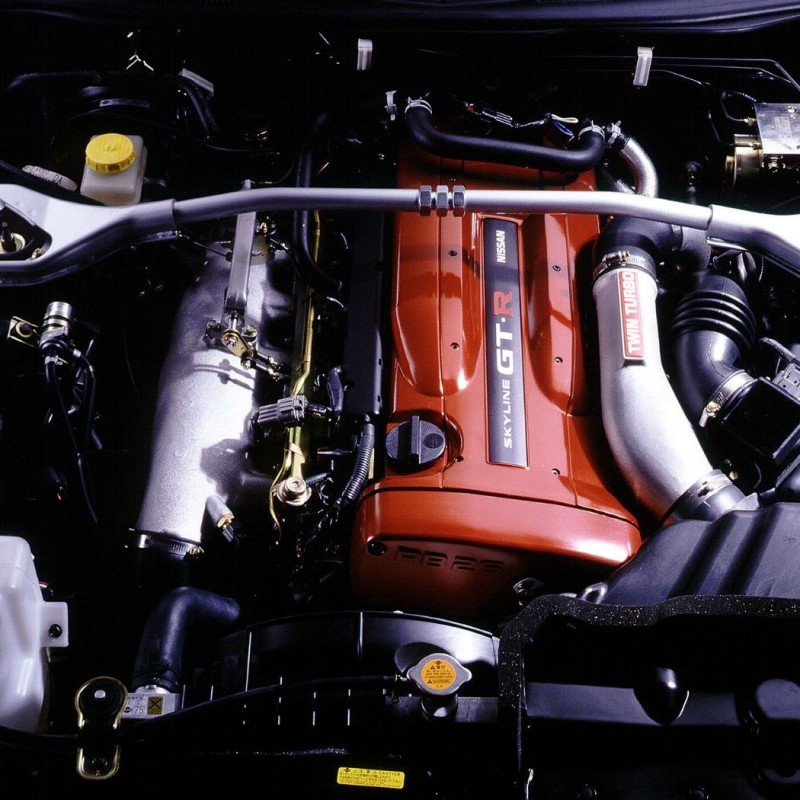The Basics of Engine Coolant
Engine coolant is a vital fluid for your vehicle. It regulates engine temperature and prevents damage. Understanding engine coolant is key to maintaining your car’s health and performance.
The Difference Between Antifreeze and Engine Coolant
Many people use the terms antifreeze and engine coolant interchangeably. However, there’s a slight difference. Antifreeze is a concentrate, often ethylene or propylene glycol. When mixed with water, it becomes engine coolant. This mixture flows through your car’s engine to keep it running at the right temperature.
Composition and Function of Engine Coolant
What is engine coolant made of? Its main components are water and glycol. Engine coolant does more than manage heat. It also acts as a lubricant for car parts. Moreover, it helps with keeping engine parts from freezing in cold weather. Engine coolant’s function is crucial. It ensures that your vehicle operates smoothly in all weather conditions.
The Role of Engine Coolant in Vehicle Temperature Regulation
Preventing Radiator and Engine Freezing in Winter
Engine coolant plays a crucial role during the colder months. It keeps the radiator and engine from freezing. This ensures the engine starts and runs smoothly, even in freezing temperatures. A well-maintained coolant system is a must for reliable winter driving.

Avoiding Overheating in Summer and its Importance
Summer heat can challenge vehicles. Engine coolant helps prevent overheating. Overheating can lead to severe engine damage. This is why maintaining the right amount of coolant is vital, especially in summer.
Lubrication of Moving Parts
Engine coolant does more than temperature control. It also lubricates engine parts. This reduces friction and wear. This lubrication is important for the longevity and efficiency of your vehicle’s engine.
Ensuring Proper Coolant Levels
Maintaining the right engine coolant level is key to your car’s performance.
Risks of Low Coolant Levels in Winter
Low coolant can mean a cold winter drive. Without enough coolant, your heater core may fail to warm the cabin. This can lead to uncomfortable and unsafe driving conditions. Frostbite and hypothermia are real dangers if you’re stuck with no heat.
Consequences of Overheating Due to Insufficient Coolant
In summer, low coolant spells trouble. It may cause the engine to overheat. This can leave you stranded or cause costly repairs. Engines need the right coolant mix to keep cool and run smooth.
How to Identify and Address Coolant Leaks
Recognizing Coolant Leak Signs
Identifying a coolant leak early is crucial to avoid engine damage. Look for puddles or spots under your car. These could be pink, yellow, or green. This is what engine coolant looks like when it leaks. Check for a sweet smell; this is often a sign of coolant evaporating. Notice any changes in engine temperature or cabin heat. These could indicate a leak. Keep an eye on the coolant reservoir. If levels drop quickly, there may be a leak.
Immediate Actions and Long-Term Solutions
If you spot signs of a coolant leak, act fast. Check the coolant level and refill if it’s low. This is a short-term fix. Look for visible damage on hoses and the radiator. Tighten any loose clamps or replace worn parts. For a long-term solution, visit a mechanic. A trusted professional can find and repair the leak. They can also check for hidden damage. Regular checks and maintenance can prevent leaks in the first place. Set a schedule to inspect your cooling system.
Dangers of Coolant Leaks to Pets
A coolant leak can be deadly to pets. They might be attracted to the sweet taste of coolant. But ingesting it can lead to serious health issues or death. Clean any spills immediately. Keep pets away from the garage or driveway. Always dispose of coolant safely. Do not let it sit out in open containers. Be aware of the signs of coolant ingestion in pets. These include vomiting, seizures, or excessive thirst. If you suspect your pet has ingested coolant, seek veterinary help right away.
Maintenance Tips for Your Vehicle’s Cooling System
Maintaining your vehicle’s cooling system is crucial for its longevity and efficiency. Here are some tips to help you keep your system in top shape.

Checking and Servicing Coolant Levels
Regularly check your coolant level in the reservoir. Ensure it’s within the recommended range. If low, top it off with a mix of the right type of coolant and water. For exact ratios, check your vehicle’s user manual. It’s best to check the coolant when the engine is cool to avoid burns. If you’re unsure how to do it safely, seek assistance from a professional.
Importance of Regular Coolant Maintenance
Coolant doesn’t last forever. Over time, it can become less effective. Flush and replace coolant as recommended by your vehicle’s manufacturer. This prevents corrosion, overheating, and freezing. A well-maintained coolant system can prevent costly repairs down the line.
Owner’s Manual Recommendations for Coolant Service
Your owner’s manual is your guide to maintenance intervals. New vehicles may not need coolant service until around 100,000 miles. However, older vehicles may have different requirements. Follow the manual’s schedule for servicing to ensure the cooling system’s optimal performance. Don’t ignore these recommendations, as they are specific to your vehicle’s needs. Keeping up with maintenance as suggested can save time and money in the long run.
Safety Measures When Dealing with Engine Coolant
Proper handling of engine coolant is critical for your safety.
How to Safely Check Coolant Levels
Always wait for the engine to cool off before you open the coolant reservoir. Wear gloves and eye protection when you check the coolant. This protects you from any splashes. Stand back when you open the cap to avoid steam or pressure release. Use a flashlight to check the level without touching any parts. If you need to add coolant, use the correct type. Check the owner’s manual for guidance. Never pour coolant near an open flame or in hot conditions.
Safety Precautions in Case of Overheating
If your car overheats, turn off the engine as soon as it is safe. Do not open the hood immediately; hot steam can cause burns. Once the engine cools, check the coolant level. Refill if it’s low, but be cautious of hot surfaces and fluids. If overheating continues, get professional help. Never try to remove the radiator cap on a hot engine. This can cause serious injuries from scalding fluid. If stuck on the road, use your hazard lights and stay in the car. Wait for roadside assistance or a tow to avoid traffic dangers.
Advancements in Coolant Technology
Effective engine coolant is a must for a working vehicle. Let’s explore recent developments.
Developments in Coolant Formulations
Coolant technology has seen significant improvements. New formulas offer better heat transfer and protection. They reduce engine wear and improve fuel efficiency. These advancements also help coolants last longer and protect better at extreme temperatures. This means less frequent changes and better care for your engine.

Manufacturers now add additives to prevent scale and corrosion. These additives keep the cooling system clean. This boosts performance and reduces the chance of overheating. Modern coolants also work well with a variety of metals. This compatibility ensures a longer life for engines.
Lifetime Coolants and Their Advantages
Some coolants now come with a ‘lifetime’ label. They promise to last for the car’s life. This offers convenience and savings. You won’t need to change the coolant as often. This cuts maintenance time and costs.
But, remember that ‘lifetime’ can vary. It depends on your car’s make and model. Always check the owner’s manual for the best advice on coolant maintenance. Moreover, ‘lifetime’ coolants still need occasional checks. Look for levels, color changes, or contamination signs. Regular inspections can prevent engine issues down the line.



